Home>Storage Ideas>Bathroom Storage>Can You Paint Bathroom Tiles? Pro Painters Have Their Say
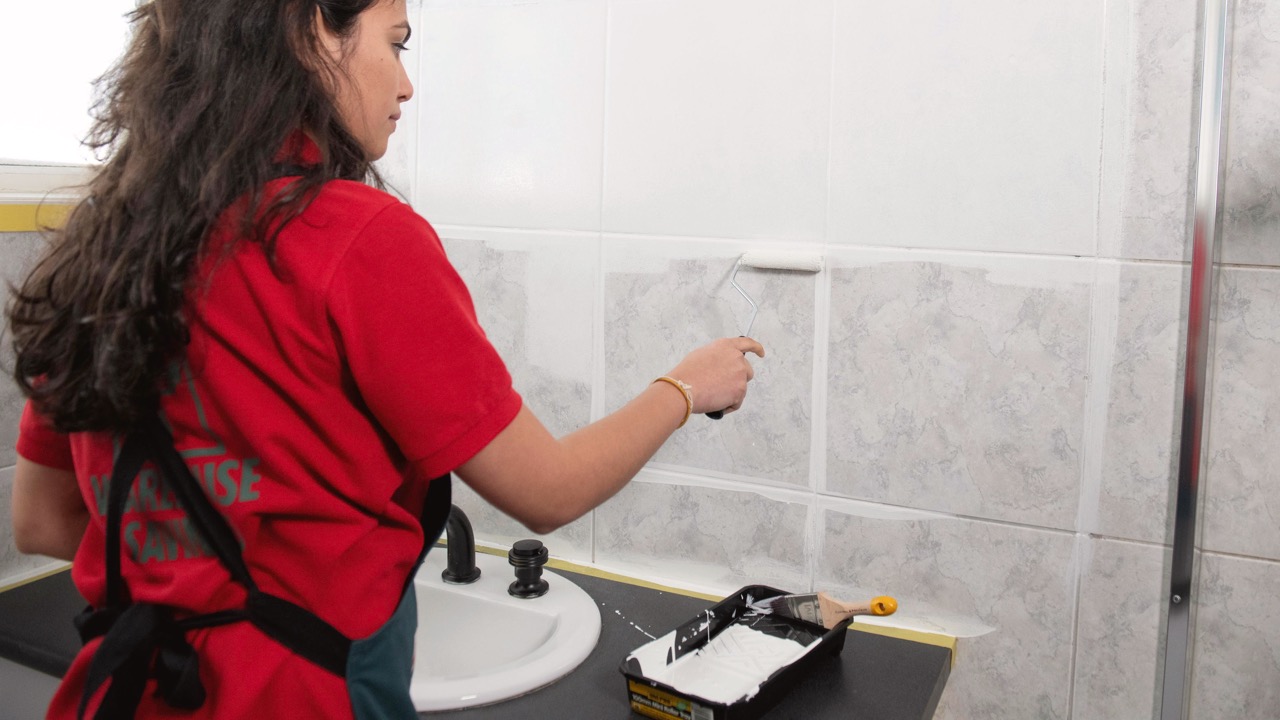

Bathroom Storage
Can You Paint Bathroom Tiles? Pro Painters Have Their Say
Modified: April 22, 2024
Discover what professional painters have to say about painting bathroom tiles. Learn the do's and don'ts, and get expert advice on bathroom storage solutions.
(Many of the links in this article redirect to a specific reviewed product. Your purchase of these products through affiliate links helps to generate commission for Storables.com, at no extra cost. Learn more)
Introduction
When it comes to bathroom renovations, one of the most common challenges homeowners face is updating outdated and worn-out tiles. While replacing tiles can be an expensive and time-consuming process, there is a cost-effective and relatively simple alternative: painting bathroom tiles. But is this a viable solution?
In this article, we will explore the pros and cons of painting bathroom tiles, discuss how to prepare the tiles for painting, choose the right paint, and provide a step-by-step guide to achieving a professional finish. We will also share some expert tips to help you avoid common mistakes and provide advice on how to maintain the painted tiles for the long term.
Before we dive into the details, it’s important to note that painting bathroom tiles can be a temporary solution. While it can be a great way to give your bathroom a fresh and updated look, it may not provide a permanent solution. If you are looking for a long-lasting change, replacing the tiles might be a better option. However, if you are on a budget or simply want to experiment with a new look, painting the tiles can be a fantastic alternative.
Now that we’ve laid the groundwork, let’s explore the pros and cons of painting bathroom tiles in more detail.
Key Takeaways:
- Transform your bathroom affordably by painting tiles. Enjoy cost savings, aesthetic freedom, and time efficiency. Follow expert tips for a professional finish and long-term maintenance.
- Avoid common mistakes when painting bathroom tiles. Proper surface preparation, choosing the right paint, and regular maintenance are key to success. Be mindful of durability and long-term expectations.
Pros and Cons of Painting Bathroom Tiles
Painting bathroom tiles can offer several advantages, but it also comes with its share of challenges. Let’s take a closer look at the pros and cons:
Pros:
- Cost-effective: One of the biggest advantages of painting bathroom tiles is the cost savings compared to replacing them. Tile replacements can be expensive, involving not only the cost of new tiles but also the labor required for installation. Painting, on the other hand, requires minimal materials and can be a budget-friendly option.
- Aesthetic transformation: Painting bathroom tiles can completely transform the look and feel of your bathroom. Whether you want to update the color, create a new focal point, or give your space a more modern vibe, painting the tiles can help you achieve your desired aesthetic without the hassle of tile removal.
- Time-saving: A major advantage of painting bathroom tiles is the time savings. Tile replacement involves a lot of preparation, removing the old tiles, and then installing the new ones. On the other hand, painting can be done relatively quickly, allowing you to enjoy your refreshed bathroom in no time.
- Versatility: Painting bathroom tiles offers a wide range of color options and finishes. This allows you to customize the look of your bathroom to match your personal style and preferences. You can choose from bold and vibrant colors to create a statement, or opt for neutral tones for a more subtle and timeless look.
- Temporary solution: Painting bathroom tiles can be a great option if you are looking for a temporary solution or if you want to experiment with a new look before committing to a permanent tile replacement. It allows you to test different colors and styles without the long-term commitment.
Cons:
- Not a permanent solution: While painting bathroom tiles can offer a temporary fix, it is important to note that it may not provide a long-lasting solution. Over time, the paint may start to chip or peel, especially in areas of high moisture or frequent use. It is essential to be prepared for potential maintenance or reapplication of paint in the future.
- Surface preparation: Properly preparing the bathroom tiles for painting is crucial for a successful outcome. This can involve thorough cleaning, sanding, and priming. Failing to prepare the surface correctly can result in paint adhesion issues, uneven finish, or future paint peeling.
- Durability: While there are paints specifically formulated for tile surfaces, they may not be as durable as the original tile finish. Bathroom tiles are designed to withstand moisture and daily wear and tear, whereas paint may not have the same level of resilience. It is important to consider the durability of the paint and its ability to withstand the conditions of a bathroom.
- Limited design options: While painting bathroom tiles offers versatility in terms of color and finish, it may not provide the same level of design options as replacing the tiles. If you are looking to incorporate intricate patterns, textures, or different tile materials, painting may not be able to achieve the desired result.
Now that we have examined the pros and cons of painting bathroom tiles, let’s move forward and discuss how to prepare the tiles for painting.
Preparing Bathroom Tiles for Painting
Properly preparing your bathroom tiles is essential to ensure a successful and long-lasting paint job. Here are the steps to follow when preparing your tiles for painting:
- Clean the tiles: Start by thoroughly cleaning the tiles to remove any dirt, grease, soap scum, or mildew. Use a mild detergent or tile cleaner and scrub the tiles with a sponge or soft brush. Rinse the tiles with clean water and allow them to dry completely before moving on to the next step.
- Repair any damages: Inspect the tiles for any cracks, chips, or loose grout. Repair any damages using a tile filler or epoxy. Smooth out the repaired areas and ensure they are fully dry and cured before proceeding.
- Sand the tiles: Use fine-grit sandpaper or a sanding block to lightly sand the tiles. This step helps create a roughened surface that allows the paint to adhere better. Be careful not to sand too forcefully or aggressively, as this can damage the tiles.
- Remove any gloss or sheen: If your bathroom tiles have a glossy or shiny finish, it is important to remove this sheen to ensure proper paint adhesion. You can use a deglossing product or lightly sand the surface to remove the glossy layer.
- Protect surrounding areas: Before you start painting, make sure to protect the surrounding areas from paint splatters and spills. Cover the floor, countertops, fixtures, and any other surfaces that are not being painted using drop cloths or plastic sheets.
- Apply a tile primer: Applying a tile primer is crucial to promote paint adhesion and ensure a smooth and long-lasting finish. Choose a primer specifically designed for tile surfaces and apply it according to the manufacturer’s instructions. Allow the primer to fully dry before moving on to the next step.
By following these steps, you will create a clean and properly prepared surface for painting. Now, let’s move on to the next stage – choosing the right paint for bathroom tiles.
Choosing the Right Paint for Bathroom Tiles
When it comes to painting bathroom tiles, using the right type of paint is crucial for achieving a durable and professional-looking finish. Here are some factors to consider when choosing the right paint for your bathroom tiles:
- Tile-specific paint: Look for paint specifically formulated for tile surfaces. These paints are designed to adhere to the smooth and non-porous surface of tiles, providing better durability and moisture resistance compared to regular wall paint.
- Epoxy-based paint: Consider using epoxy-based paint for bathroom tiles, as it offers excellent durability and resistance to moisture, stains, and chemicals. Epoxy paint provides a hard and glossy finish, making it ideal for high-moisture areas like bathrooms.
- Mildew and mold resistant: Choose a paint that is resistant to mildew and mold growth. Bathrooms are prone to excess moisture, which can lead to mold and mildew if not properly addressed. Opting for a paint with built-in mildew resistance will help combat these issues.
- Waterproof or water-resistant: Look for paints that have a waterproof or water-resistant feature, especially if you plan to paint tiles in areas that are directly exposed to water, such as shower walls or backsplashes. This will help prevent water damage and ensure the longevity of your paint job.
- Color options: Choose a color that complements your bathroom’s overall design and color scheme. While lighter shades can make a space feel more open and airy, darker colors can add depth and drama. Consider your personal preference and the desired atmosphere you want to create in your bathroom.
- Finishes: Paints for bathroom tiles come in various finishes, including matte, satin, and gloss. The finish you choose will depend on your desired look and the level of sheen you prefer. Keep in mind that higher gloss finishes tend to be more durable and easier to clean, while matte finishes can offer a more sophisticated and understated appearance.
When selecting paint, be sure to read the manufacturer’s instructions and recommendations. They will provide specific details regarding application techniques, drying times, and any additional steps or precautions you need to take. It is also a good idea to test the paint on a small, inconspicuous area of the tiles before proceeding with the full application.
Now that you know how to choose the right paint for your bathroom tiles, let’s move on to the step-by-step guide on painting the tiles.
Step-by-Step Guide to Painting Bathroom Tiles
Painting bathroom tiles can be a rewarding DIY project that can completely transform the look of your bathroom. Follow these steps for a successful paint job:
- Gather your materials: Before you begin, gather all the necessary materials, including paint, brushes or rollers, painter’s tape, drop cloths, primer, and any other tools or supplies recommended by the paint manufacturer.
- Prepare the tiles: Start by cleaning and preparing the tiles as mentioned earlier in this article. Ensure the tiles are clean, dry, and free from any dust or residue.
- Apply painter’s tape: Use painter’s tape to protect the edges of fixtures, fittings, and other areas you don’t want to be painted. This will help give your paint job clean and precise edges.
- Prime the tiles: Apply a thin and even layer of tile primer to the tiles using a brush or roller. Follow the instructions provided by the manufacturer regarding drying times and the number of coats required. Allow the primer to dry completely before proceeding to the next step.
- Start painting: Once the primer has dried, it’s time to start painting. Apply the paint to the tiles using a brush or roller in smooth and even strokes. Start from the top and work your way down, ensuring full coverage of all the tiles. If necessary, apply a second coat after the first coat has dried according to the paint manufacturer’s recommendations.
- Allow proper drying time: After applying the final coat of paint, allow it to dry completely before exposing the tiles to water or any other potential damage. Be patient and follow the recommended drying times provided by the paint manufacturer.
- Remove painter’s tape: Once the paint has dried, carefully remove the painter’s tape from the edges. Take your time to ensure clean and sharp lines.
- Clean up: Clean your brushes or rollers and any other tools used with water or as recommended by the paint manufacturer. Dispose of any used drop cloths or plastic sheets responsibly.
Remember to follow proper ventilation in the bathroom during the painting process and allow for fresh air circulation to help with drying and preventing any strong fumes from lingering.
By following these steps, you can achieve a professional-looking paint job on your bathroom tiles. Now, let’s move on to some expert tips to help you achieve an even better finish.
Yes, you can paint bathroom tiles. Make sure to clean and sand the tiles before applying a high-quality primer and paint specifically designed for use in high-moisture areas.
Tips for Achieving a Professional Finish
Painting bathroom tiles can be a DIY project that yields professional-looking results if done correctly. Consider the following tips to help you achieve a flawless and professional finish:
- Choose the right tools: Invest in high-quality brushes or rollers that are specifically designed for the type of paint you are using. Good-quality tools ensure smooth application and better coverage.
- Ensure proper ventilation: Open windows or use fans to ensure proper ventilation in the bathroom during the painting process. This will help with drying and prevent the buildup of strong fumes.
- Work in small sections: Paint one tile or small section at a time to ensure even coverage and prevent the paint from drying too quickly. This will help you maintain a consistent finish.
- Apply thin coats: It is better to apply multiple thin coats of paint rather than one thick coat. Thin coats dry faster and are less likely to drip or sag, resulting in a smoother finish.
- Use a brush for edges and grout lines: Use a small brush to paint along edges and grout lines for precise application. This helps to maintain clean and defined lines.
- Allow sufficient drying time: Follow the paint manufacturer’s instructions for drying times between coats and for the final cure. Rushing the drying process can lead to smudges or imperfections in the finish.
- Avoid excessive water contact: While many paints for bathroom tiles are water-resistant, excessive exposure to water may impact the longevity of the paint. Minimize direct water contact by using shower curtains or bath mats in high-moisture areas.
- Regular maintenance: To prolong the life of the painted tiles, practice regular maintenance. Clean the tiles with mild, non-abrasive cleaners and avoid using harsh chemicals or abrasive scrubbers that could damage the painted surface. Also, be mindful when placing heavy objects on painted surfaces to prevent chipping or scratching.
- Consider a clear sealer: To add an extra layer of protection to your painted bathroom tiles, consider applying a clear sealer on top of the paint. This can help enhance durability and make the painted tiles easier to clean and maintain.
By following these tips, you can elevate your painting project and achieve a professional-looking finish. Now, let’s discuss some common mistakes to avoid when painting bathroom tiles.
Common Mistakes to Avoid When Painting Bathroom Tiles
While painting bathroom tiles is a cost-effective way to update your space, there are several common mistakes that can undermine the success of your project. By being aware of these mistakes, you can avoid them and ensure a successful paint job. Here are some common mistakes to avoid when painting bathroom tiles:
- Skipping proper surface preparation: Failing to properly clean and prepare the tiles before painting is a common mistake that can lead to poor paint adhesion and a less durable finish. Take the time to clean, repair, and prime the tiles as recommended.
- Not using the correct type of paint: Using the wrong type of paint can lead to peeling, chipping, and a short lifespan for your painted tiles. Ensure that you use paint specifically designed for tile surfaces and that it has the necessary durability and moisture resistance.
- Applying paint too thickly: Applying paint in thick layers in an attempt to save time or achieve quick coverage can result in drips, uneven finish, and longer drying times. Apply thin and even coats of paint for the best results.
- Not allowing sufficient drying time: Rushing the drying process can lead to smudges, smears, and imperfections in the finish. Follow the paint manufacturer’s recommended drying times between coats and for the final cure.
- Painting over grout lines: Avoid painting over grout lines. The paint may not adhere well to the porous surface of the grout, and it can be challenging to achieve a clean and consistent finish. Use a small brush to carefully paint up to the grout lines for a professional result.
- Not protecting surrounding areas: Failing to properly protect fixtures, countertops, and other surfaces in the bathroom can result in accidental paint splatters and spills. Cover these areas with drop cloths or plastic sheets to avoid any unwanted mess.
- Ignoring maintenance: Proper maintenance is crucial to prolonging the life of your painted tiles. Avoid using harsh chemicals or abrasive scrubbers that can damage the painted surface. Regularly clean the tiles with mild cleaners and be mindful of heavy objects that could cause chipping or scratching.
- Skipping a clear sealer: Applying a clear sealer over the painted tiles can add an extra layer of protection and enhance durability. Skipping this step may result in a less resilient finish that is prone to wear and tear.
By avoiding these common mistakes, you can ensure a smoother and longer-lasting finish for your painted bathroom tiles. Now, let’s move on to discussing how to maintain painted bathroom tiles for the long term.
How to Maintain Painted Bathroom Tiles
Maintaining painted bathroom tiles is important to ensure their longevity and keep them looking fresh and vibrant. Here are some tips to help you maintain your painted bathroom tiles:
- Use gentle cleaners: When cleaning your painted tiles, use mild, non-abrasive cleaners. Harsh chemicals or abrasive scrubbers can damage the painted surface and cause the paint to peel or chip. Stick to gentle cleaners and avoid any products that contain bleach or ammonia.
- Avoid excessive scrubbing: While it’s important to keep your tiles clean, avoid excessive scrubbing. Use a soft sponge or cloth to gently wipe away dirt and grime. Aggressive scrubbing can damage the painted surface, so it’s best to be gentle when cleaning.
- Address stains promptly: If you notice any stains on your painted tiles, try to address them as soon as possible. Use a mild cleaning solution or a stain remover specifically designed for the type of stain you’re dealing with. Promptly treating stains will prevent them from setting in and becoming more difficult to remove.
- Avoid prolonged exposure to water: While many paints for bathroom tiles are water-resistant, it’s best to minimize prolonged exposure to water. Wipe up any water spills or splashes as soon as they occur to prevent water damage or discoloration. Use shower curtains or bath mats to protect painted tiles in direct water contact areas.
- Be mindful of heavy objects: Avoid placing heavy objects or applying excessive pressure on painted tiles. This can cause chipping or scratching. Use caution when placing toiletries, decorative items, or other objects on painted surfaces to maintain their integrity.
- Inspect for signs of wear: Periodically inspect your painted tiles for any signs of wear or damage. Look for areas where the paint may be peeling, chipping, or showing signs of deterioration. If you notice any problems, touch up the paint or consider repainting the affected areas to maintain a consistent appearance.
- Apply a clear sealer (optional): To provide additional protection for your painted bathroom tiles, consider applying a clear sealer. This can help enhance durability and make the painted surface easier to clean and maintain. Follow the manufacturer’s instructions for application and reapplication as recommended.
- Regular maintenance: Lastly, establish a regular cleaning and maintenance routine for your painted bathroom tiles. Clean them regularly to prevent the buildup of dirt and grime. By keeping them well-maintained, you can extend their lifespan and keep them looking fresh and vibrant for years to come.
By following these maintenance tips, you can ensure that your painted bathroom tiles remain in optimal condition and continue to enhance the overall aesthetic of your bathroom. With proper care, your painted tiles can provide a beautiful and cost-effective solution for updating your space.
Now that you know how to maintain your painted bathroom tiles, let’s address some frequently asked questions regarding this process.
Frequently Asked Questions about Painting Bathroom Tiles
Painting bathroom tiles is a popular topic for homeowners looking to update their bathrooms. Here are some frequently asked questions regarding this process:
- Can all types of tiles be painted?
- Do I need to use special paint for bathroom tiles?
- Do I need to prime the tiles before painting?
- Can I paint over existing tile patterns or designs?
- How long will the painted tiles last?
- Can I paint the tiles in wet areas, such as the shower?
- How can I remove paint from bathroom tiles if I change my mind?
- Can I paint other surfaces in the bathroom, such as the bathtub or sink?
Most types of tiles can be painted, including ceramic, porcelain, and even natural stone. However, it is important to note that the smoothness, texture, and finish of the tiles can affect how well the paint adheres and how long it lasts. It is recommended to test a small area before proceeding with the full project.
Yes, it is highly recommended to use paint that is specifically formulated for bathroom tiles. These paints are designed to adhere to the smooth, non-porous surface of tiles and offer better durability and moisture resistance compared to regular wall paint.
Yes, priming the tiles is an essential step in the painting process. A good quality tile primer helps promote paint adhesion and ensures a smooth and long-lasting finish. It also makes the paint color more vibrant and helps it adhere better to the tiles.
Yes, you can paint over existing tile patterns or designs. However, keep in mind that the pattern or design may still be visible through the paint, especially if there is raised texture. It is best to choose a paint color that will effectively cover the existing design or pattern.
The longevity of painted bathroom tiles depends on various factors, including the type of paint used, the quality of surface preparation, and the level of wear and tear. With proper surface preparation, high-quality paint, and regular maintenance, painted tiles can last for several years. However, it is important to note that painted tiles may require touch-ups or repainting over time.
While some paints are designed to withstand exposure to moisture, it is generally not recommended to paint tiles in direct and frequent contact with water, such as the inside of a shower. The steam, humidity, and constant water exposure can affect the longevity and durability of the paint. Consider other alternatives, such as tile replacements or updating the grout, for wet areas.
If you change your mind about painted bathroom tiles, removing the paint can be a labor-intensive process. Options for paint removal include sanding, using chemical strippers, or hiring a professional refinisher. However, it is important to assess the condition of the tiles before attempting paint removal, as it may result in further damage.
Painting surfaces like the bathtub or sink requires special paints and techniques that are specifically designed for those surfaces. It is best to consult with professionals who specialize in refinishing these types of fixtures for the best results.
These are some of the frequently asked questions about painting bathroom tiles. If you have any other specific questions or concerns, it is recommended to consult with experts or professionals who can provide personalized guidance based on your unique situation.
Now that we’ve covered the frequently asked questions, let’s conclude our article.
Conclusion
Painting bathroom tiles is a cost-effective and creative way to transform the look of your bathroom without the commitment and expense of tile replacement. However, it’s important to weigh the pros and cons before deciding if this is the right solution for your space.
In this article, we discussed the advantages of painting bathroom tiles, such as the cost savings, aesthetic transformation, and time efficiency. We also highlighted the importance of properly preparing the tiles, choosing the right paint, and following a step-by-step guide for a professional finish.
It’s crucial to avoid common mistakes like skipping surface preparation, using the wrong type of paint, and applying paint too thickly. By being mindful of these mistakes and following expert tips, you can increase the chances of a successful paint job.
Additionally, we explored how to maintain painted bathroom tiles by using gentle cleaners, avoiding excessive scrubbing, and being mindful of prolonged water exposure. Regular maintenance and prompt attention to any stains or damages will help prolong the life of the painted tiles.
Lastly, we addressed frequently asked questions about painting bathroom tiles, covering important topics such as paint types, priming, durability, and painting wet areas.
While painting bathroom tiles can provide a temporary or budget-friendly solution, it’s important to remember that it may not be a permanent fix. It’s essential to assess your expectations and consider the long-term durability of your painted tiles.
Whether you’re looking to revamp your bathroom or simply update the style, painting bathroom tiles can be a rewarding DIY project. By following the guidance provided in this article, you can confidently embark on your painting journey and enjoy a refreshed and vibrant bathroom for years to come.
Frequently Asked Questions about Can You Paint Bathroom Tiles? Pro Painters Have Their Say
Was this page helpful?
At Storables.com, we guarantee accurate and reliable information. Our content, validated by Expert Board Contributors, is crafted following stringent Editorial Policies. We're committed to providing you with well-researched, expert-backed insights for all your informational needs.
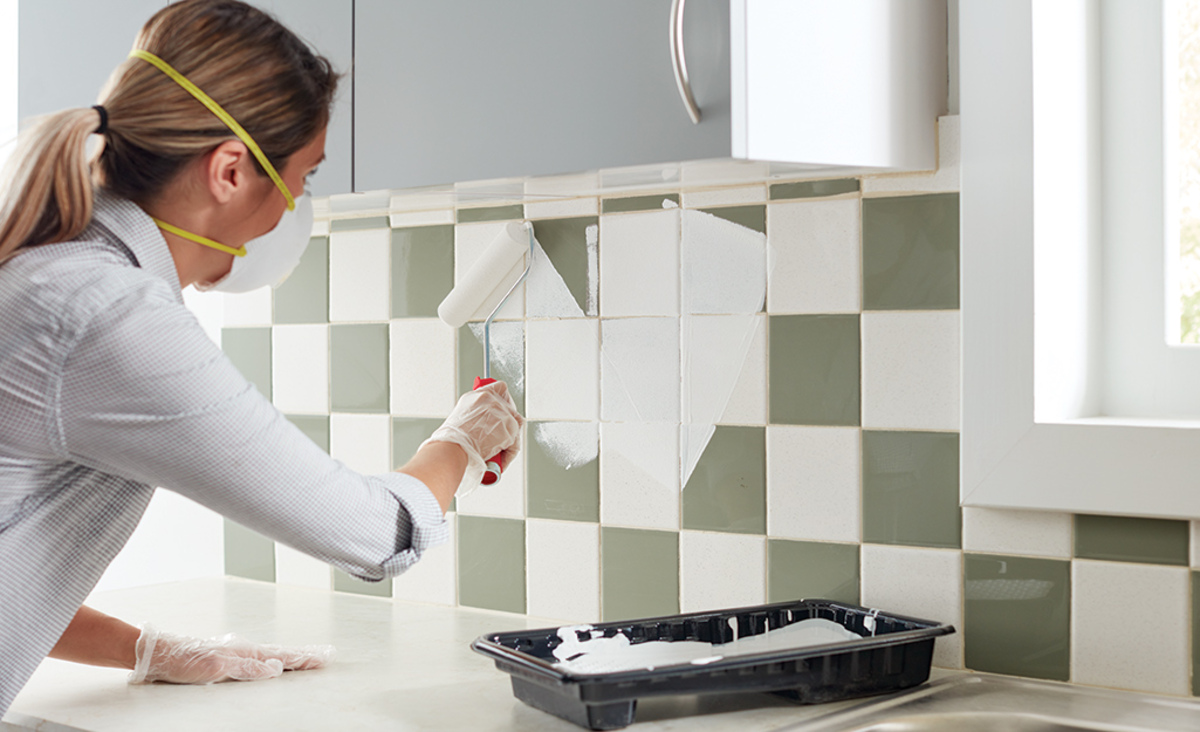
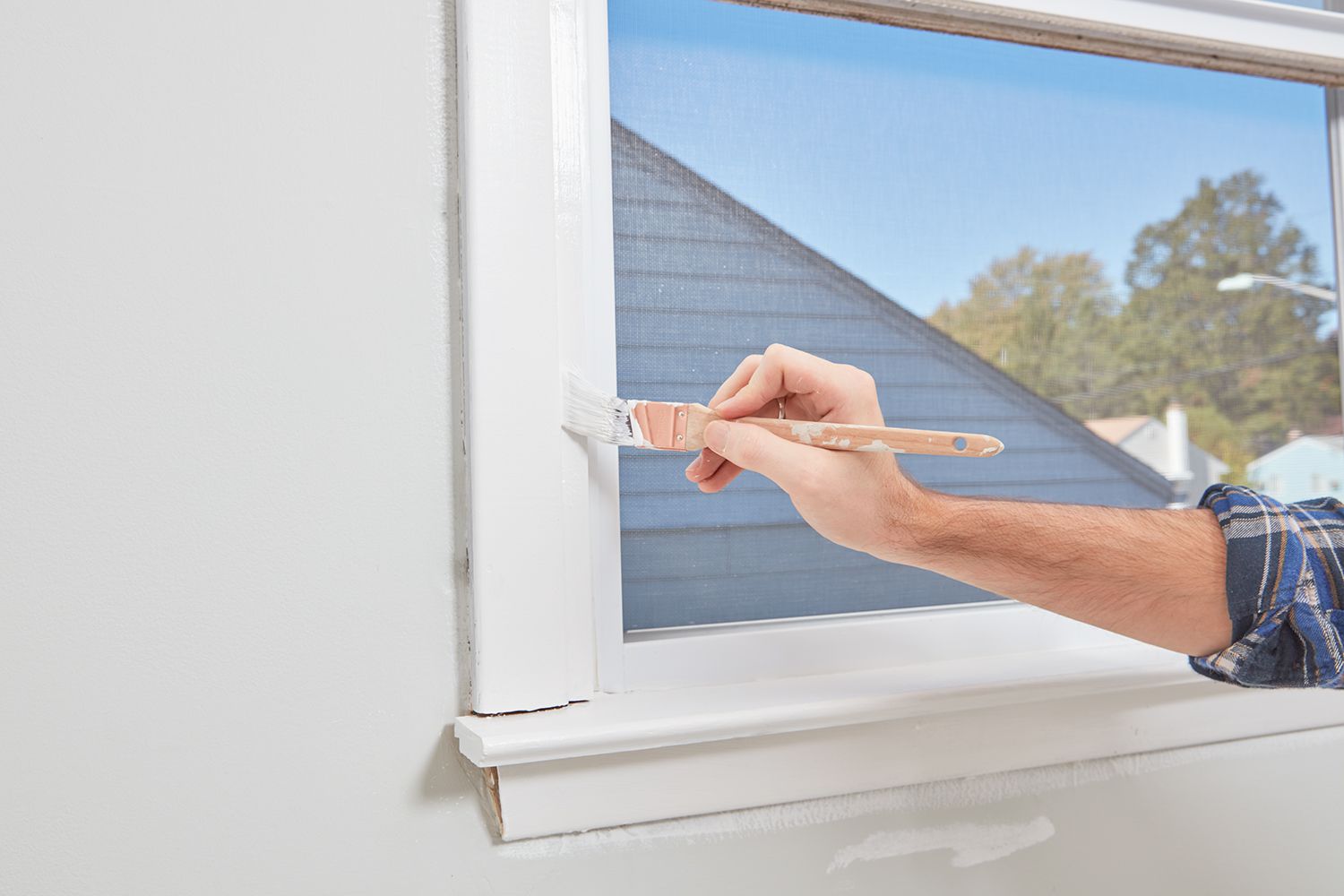
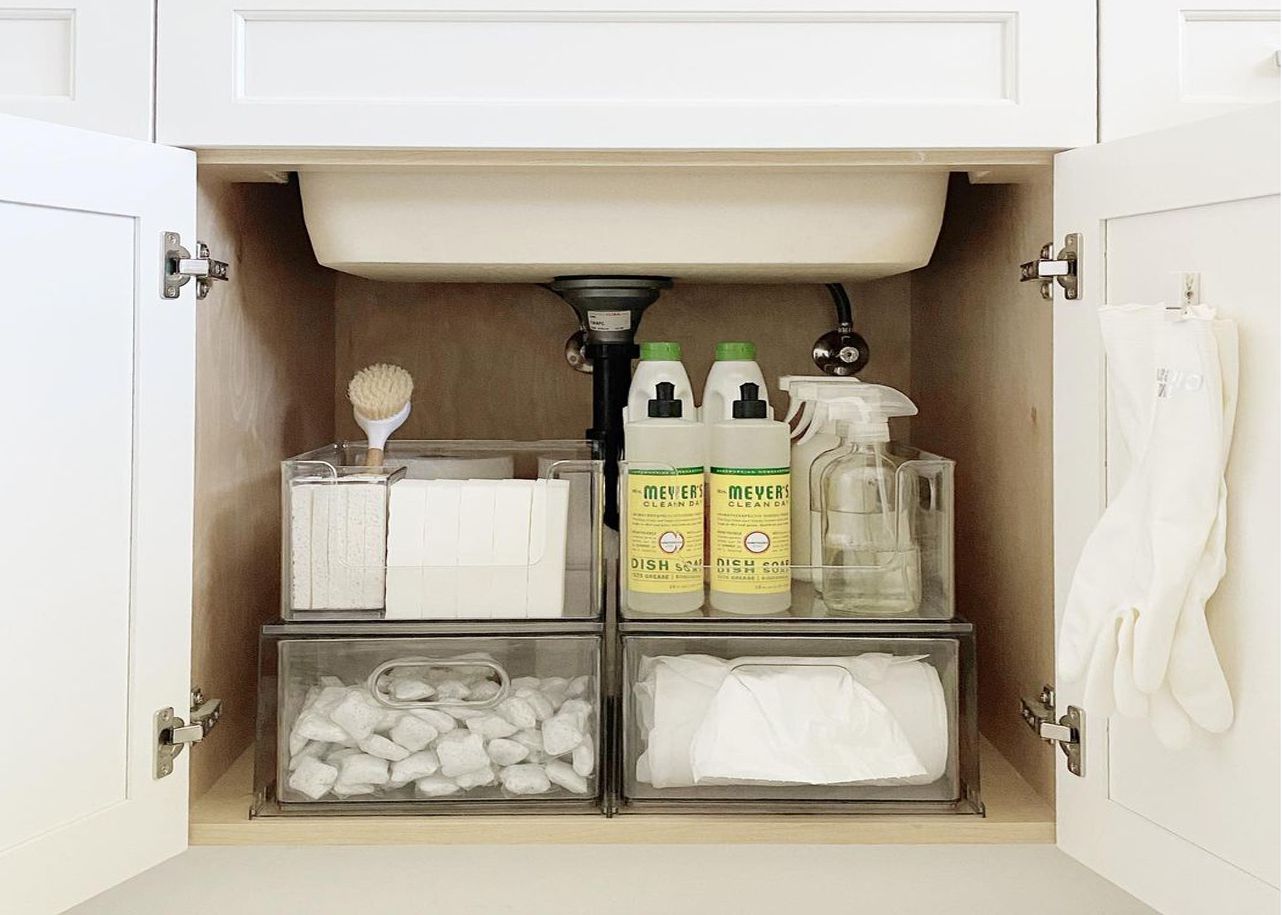
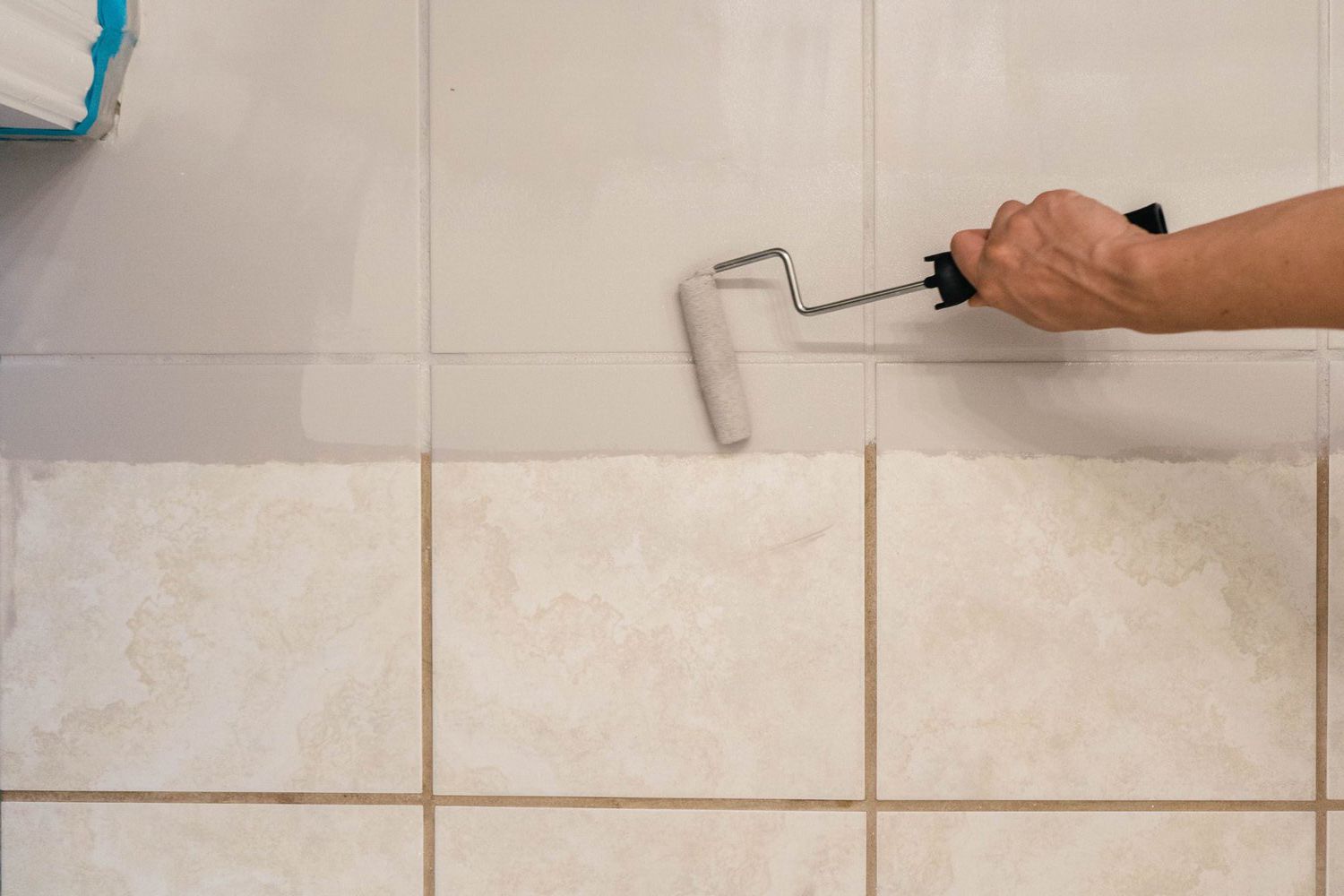
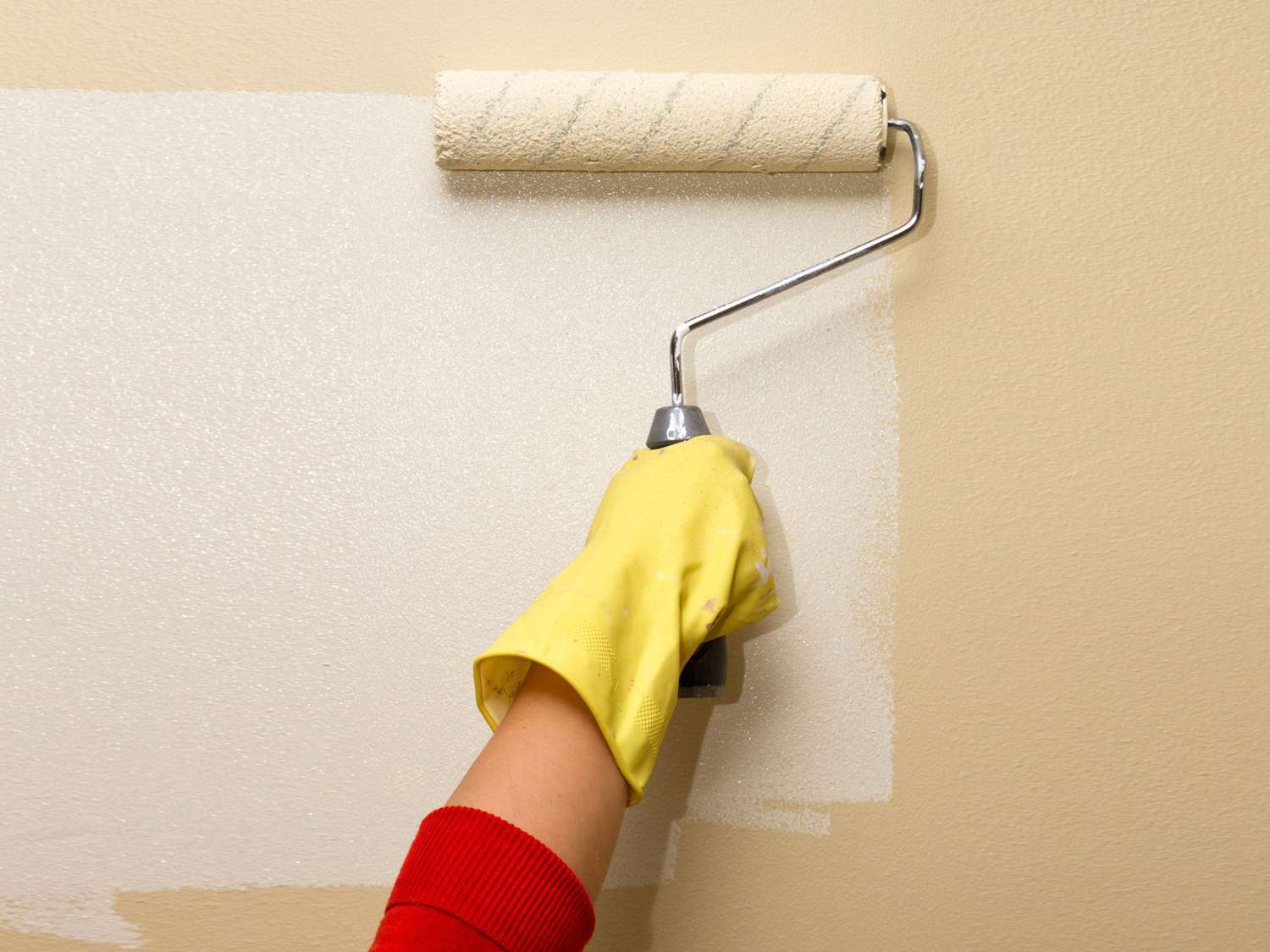

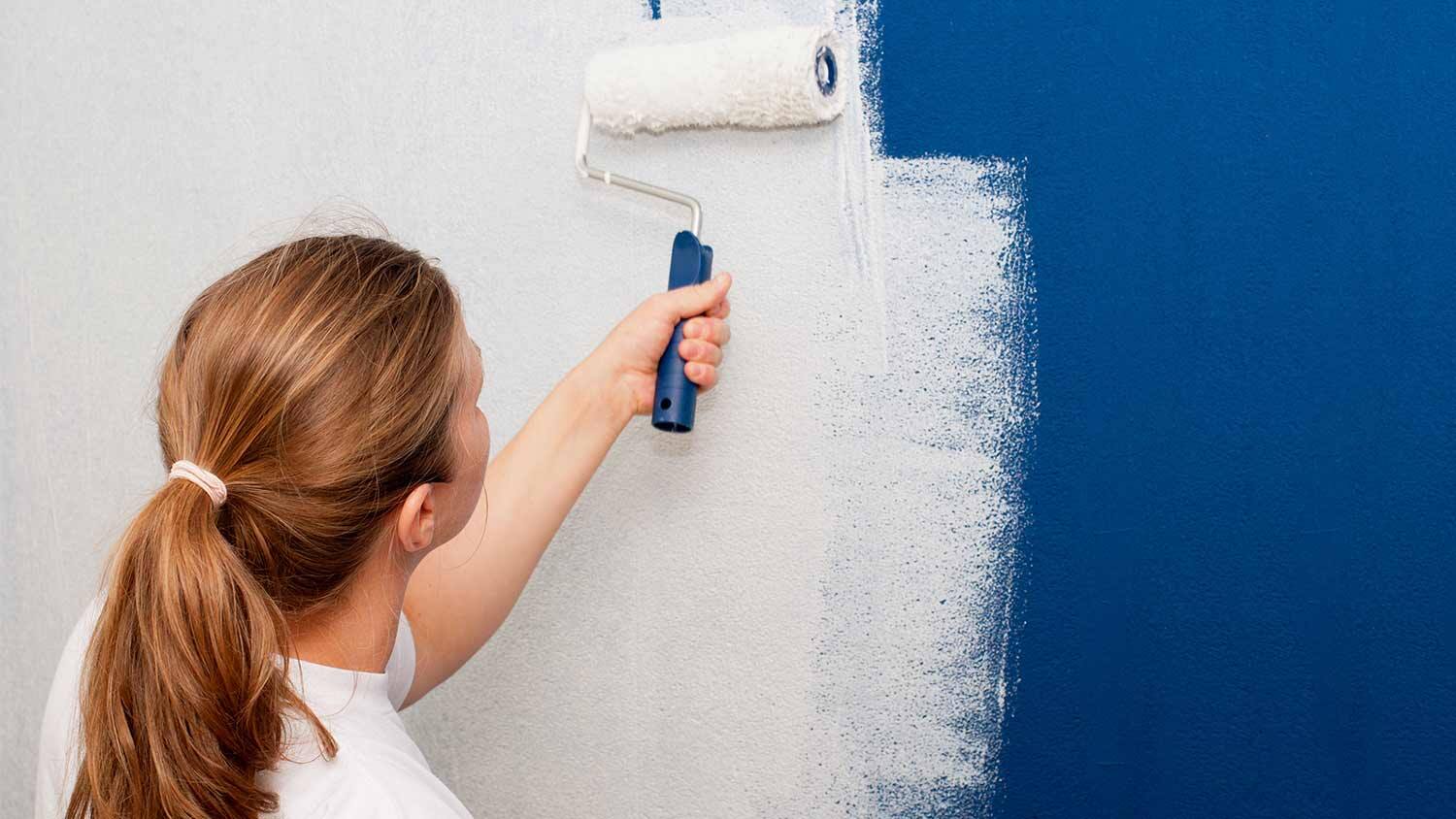
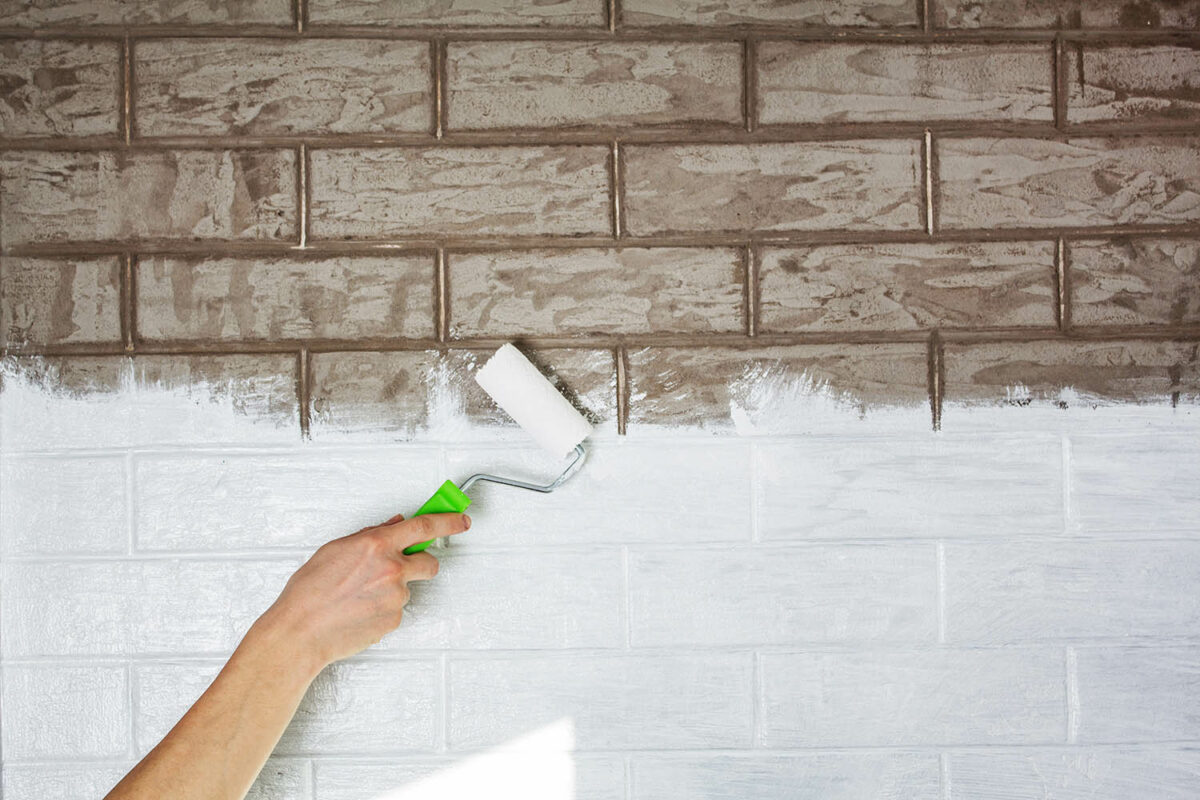
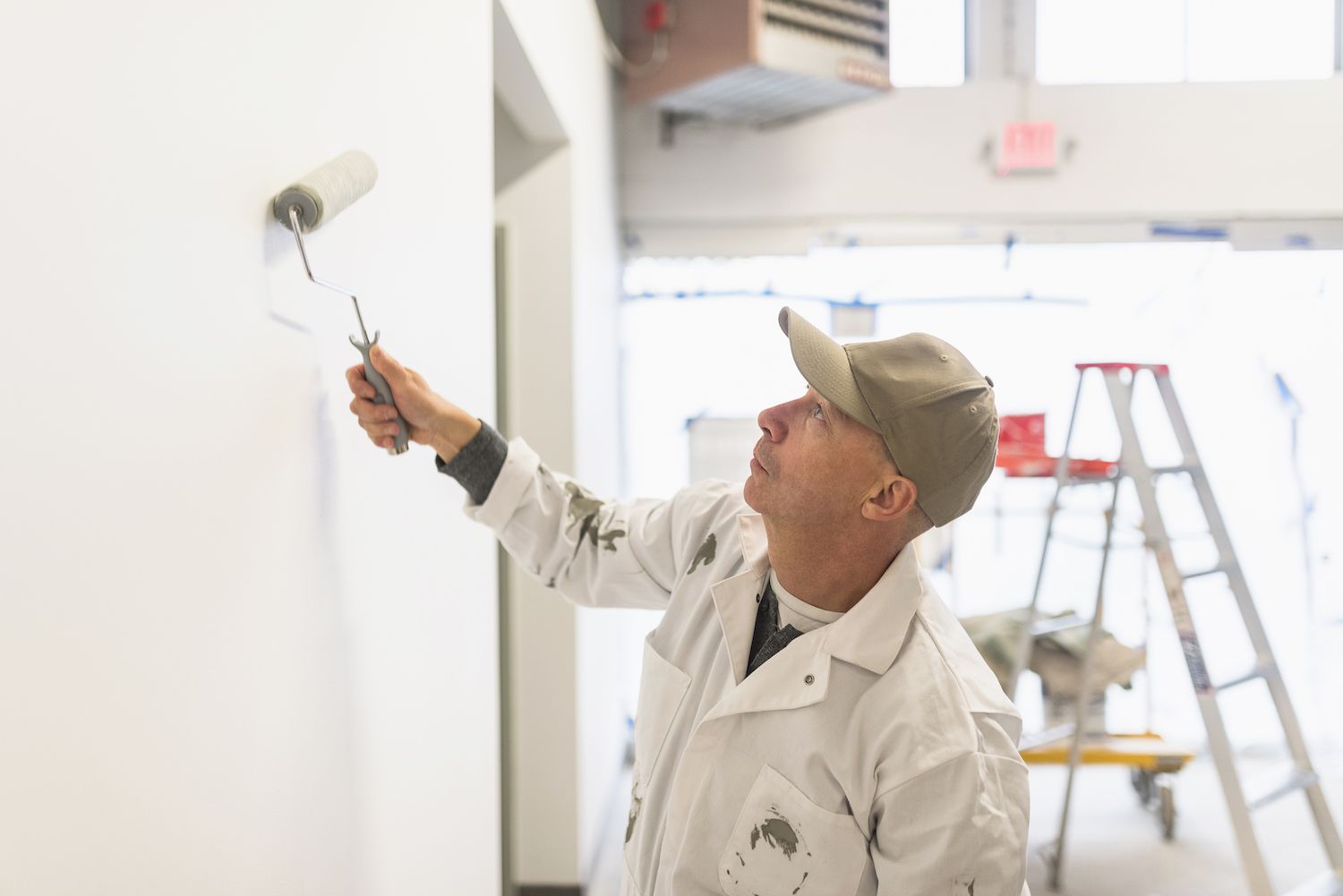
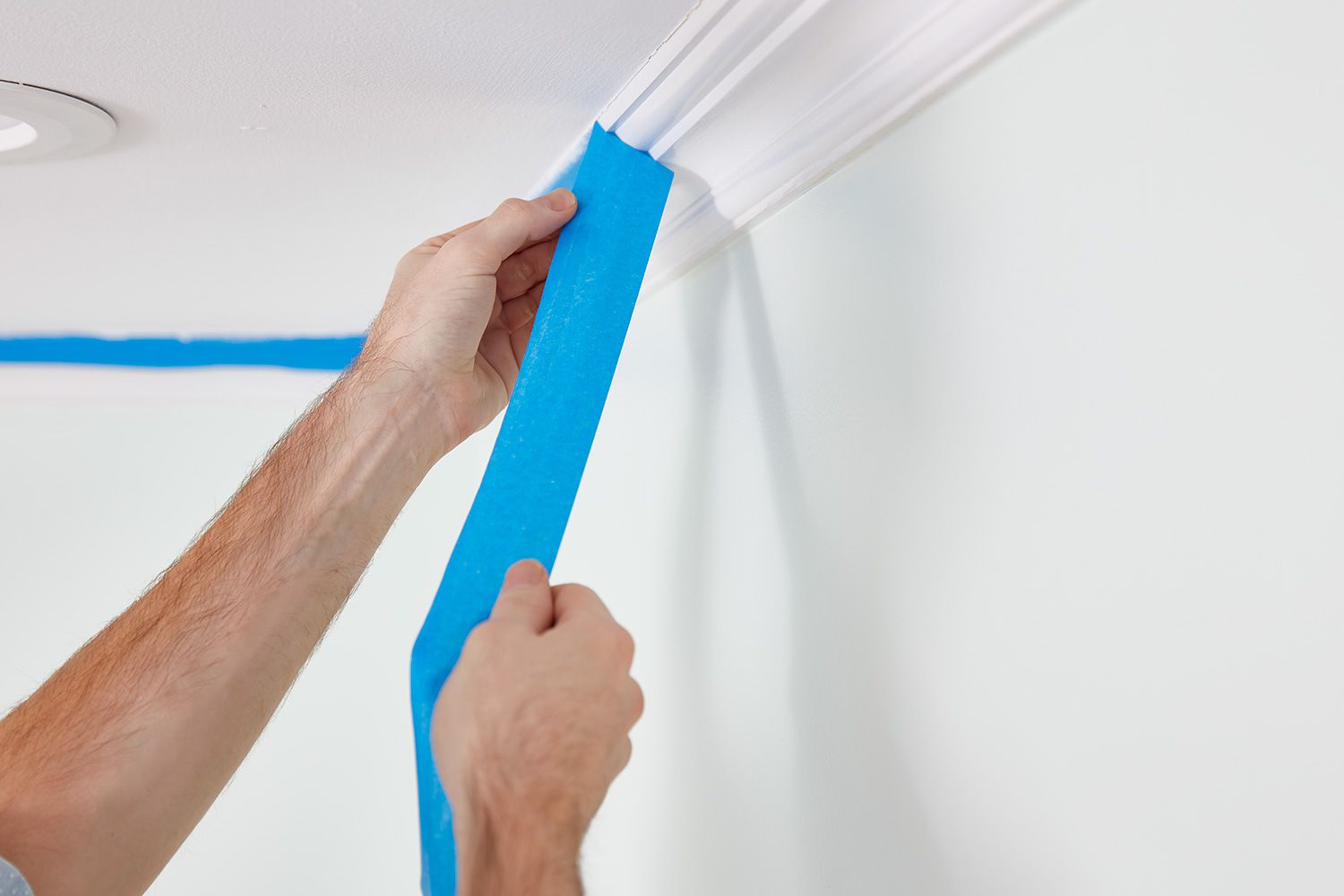
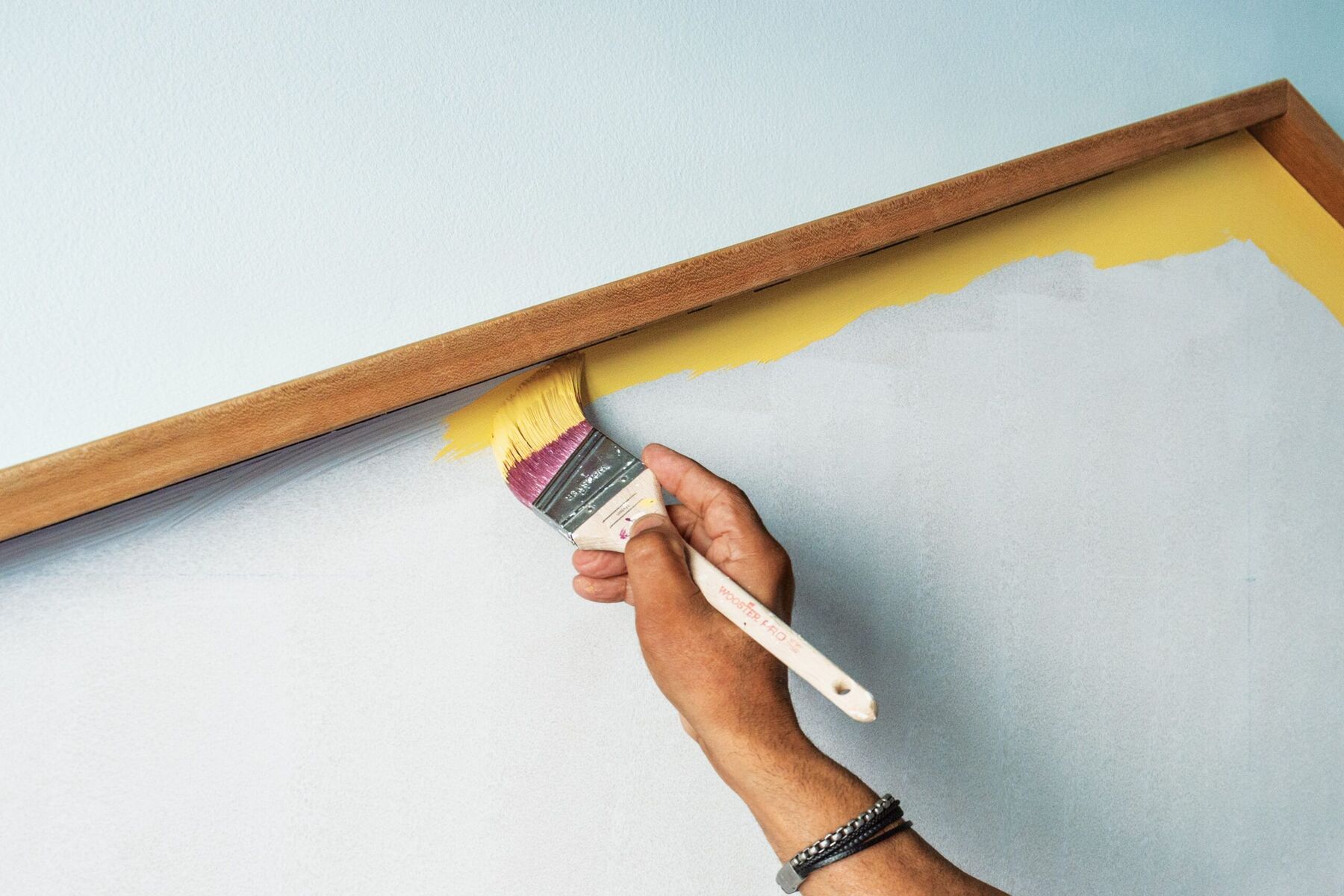
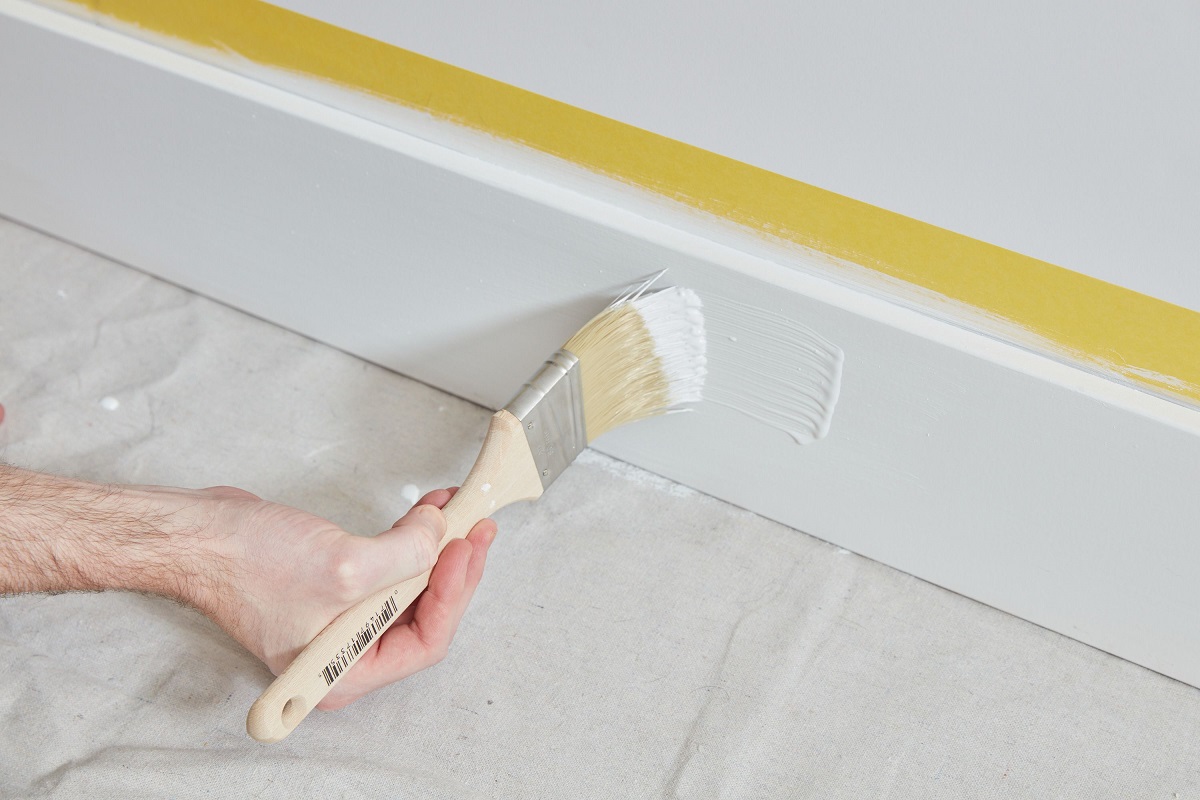
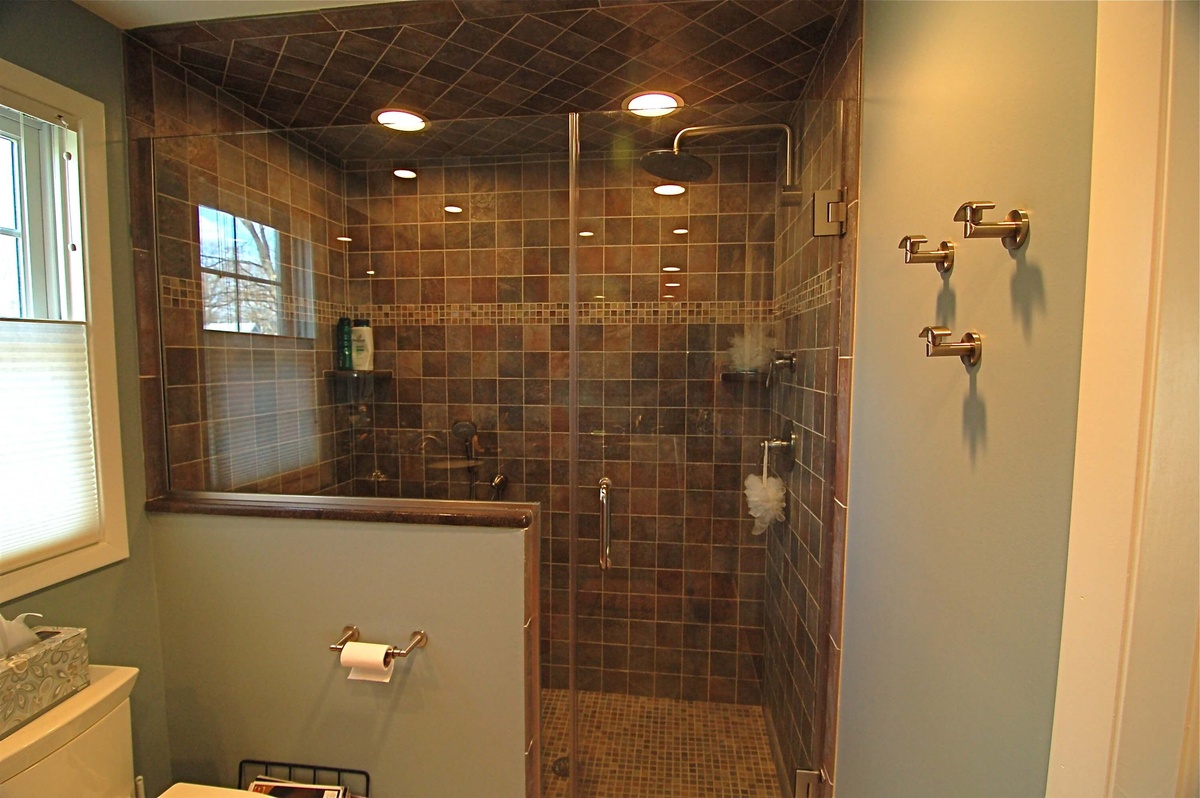

0 thoughts on “Can You Paint Bathroom Tiles? Pro Painters Have Their Say”